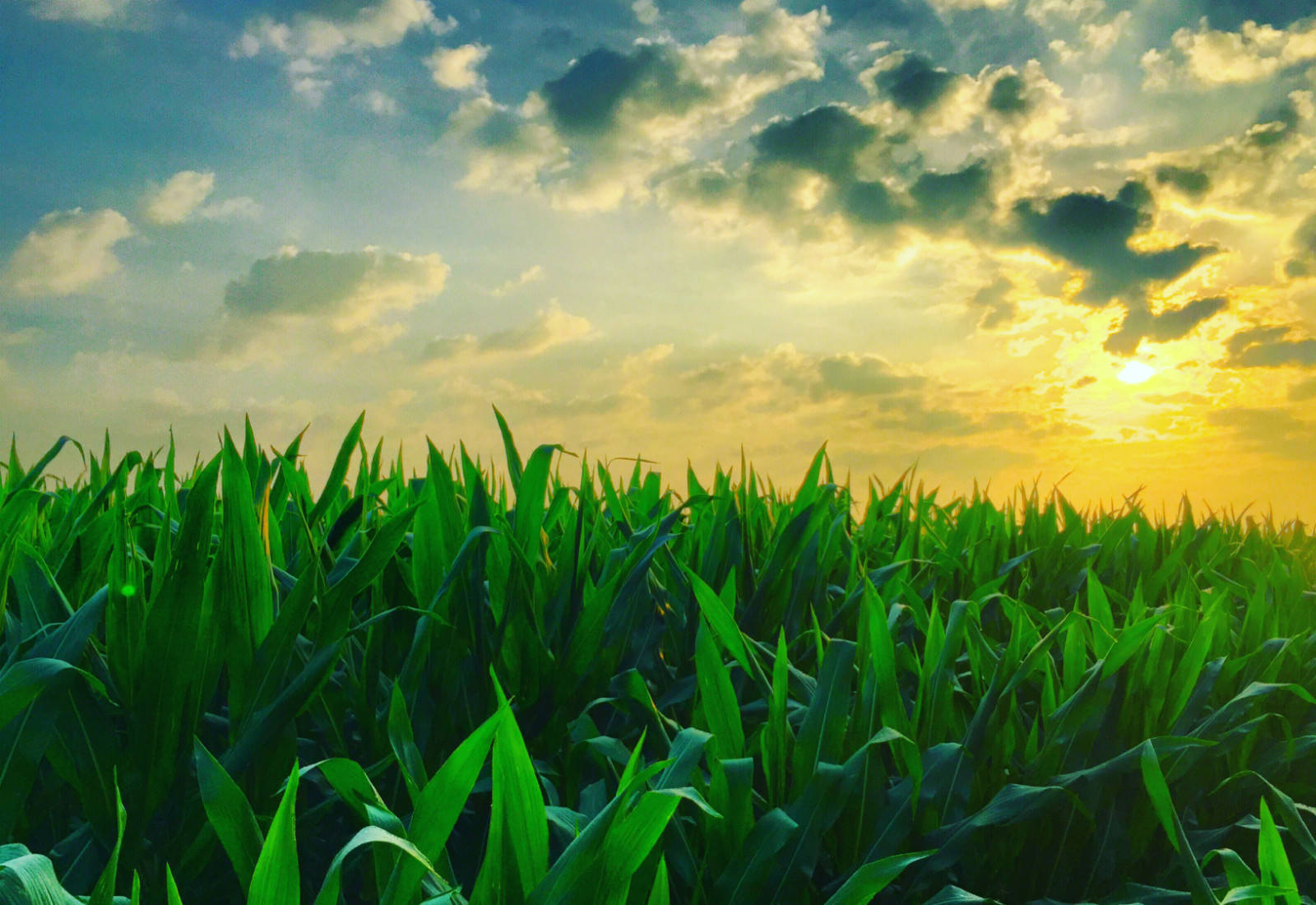The Best Corn Crop You Can Grow

By Andrea Hilderman
Each season, growers often try new varieties, new management practices, or entirely new crops. In the last number of years, corn and soybeans have seen quite big leaps in both interest and adoption. Looking specifically to corn, we asked the experts to give us their top five tips to growing a successful corn crop for the new grower.
Morgan Cott is the Manitoba Corn Growers Association Field Agronomist. There’s very little about growing corn she’s not familiar with.
“The top five tips for growing corn for a first-time grower would, in my opinion, start with varietal choice,” says Cott. “It’s critical to consider the area you are farming in and access the corn hybrids that best suit the local climate and season length, as well as taking into account what the corn is going to be used for – grain, silage, or grazing.”
Brian Elliot, NorthStar Genetics District Sales Manager agrees with Morgan, advising new growers to seek out advice from local growers, seed dealers, and trade shows. This is the earliest best decision you can make to ensure success.
Tip two is planting accuracy. Elliot advises that planting accuracy is critical to getting a corn crop off to a successful start. “I like to talk about the so-called “picket fence effect,” where every plant emerges evenly and at the same time,” he says. “Seeding to a depth of 2 or 2 ¾ inches is best. The deeper you go or slightly deeper you go, the more you remove variability from emergence. The goal should be 100 percent emergence within two days.” If the seed is too shallow, there’ll be poor seed-to-soil contact and poor, uneven emergence. Cott likens seeding corn with a seeder or drill as “controlled spillage.” “More uniform seeding of corn is highly recommended, which means using a corn planter,” Cott says. Elliot adds slowing the planter down as a tip to improve planting accuracy. “Dropping the speed a couple of miles per hour will reduce planter bounce and increase precision depth control.” His final note on seeding is to aim for 32 to 34,000 seeds per acre for grain corn, though some growers are now targeting 36,000 seeds per acre.

The third tip both experts agree on is fertility. “Corn is a heavy nitrogen user,” says Cott. “Key requirements are soil testing, fertilizing to yield potential, and soil test levels.” Elliot adds that growers should consider a starter application of nitrogen and an in-season application toward the end of June or beginning of July. “A lot of growers do 100 percent of their corn fertilizing at seeding; however, there are benefits and advantages to an in-season application, as well.” Both Cott and Elliot note that corn also has significant phosphate requirements, as well as potassium and sulphur. “Following the 4Rs is also a key management strategy for any crop,” says Cott. “Consider the right placing, the right timing, the right source, and amount of fertilizer to apply. In order to be successful, the crop has to have sufficient nutrients to make it through the season to achieve its yield potential.”
The fourth top tip is weed control. “Corn growers want to start clean and stay clean for success,” recommends Elliot. “A pre-seed or pre-emergent weed control pass is without question necessary, followed up with a pass at the third-leaf to eight-leaf stage. Later than that will be detrimental.”
Cott adds that weed control is particularly important for corn as it is a poor competitor at the start. “Seeded in wider rows, corn offers poor weed competition at the start,” she says. “The last thing you need is corn competing for much-needed nutrients and sunlight at those early and critical crop stages.”
The final and fifth tip takes us to harvest. Both Cott and Elliot stress the importance of having, or having access to, a dryer. “Wet corn cannot be put into storage with any degree of confidence that it won’t spoil,” says Cott. Elliot notes that in the last few years, growers have gotten away with not needing to dry corn, but he also stresses growers absolutely need to have access to a dryer. Growing corn successfully the first time is certainly very doable. Make good, well-supported decisions, follow recommended agronomic practices, and be alert to the higher infrastructure needs corn has for planting, drying equipment, and storage. There are plenty of expert resources available to get the information you need to plan for the best corn crop.


